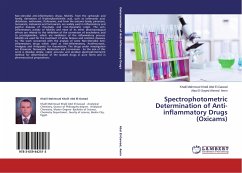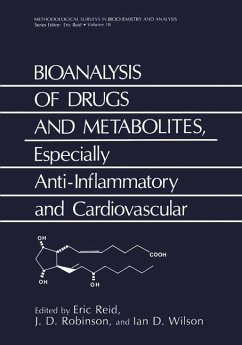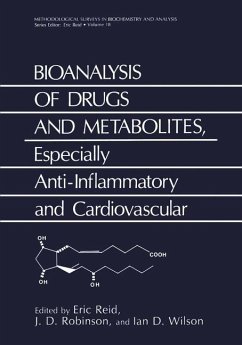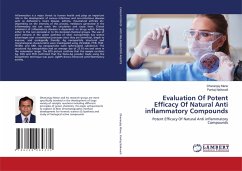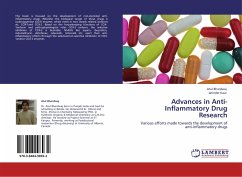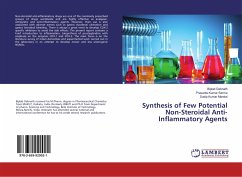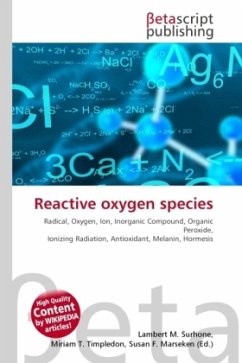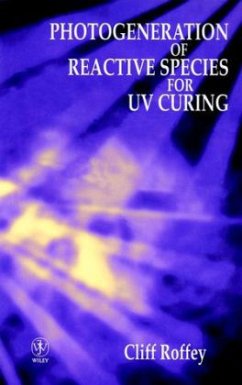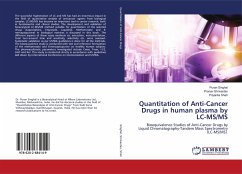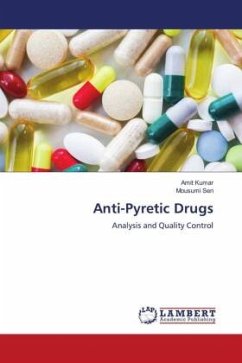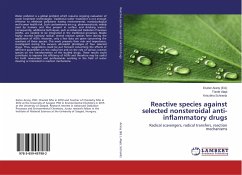
Reactive species against selected nonsteroidal anti-inflammatory drugs
Radical scavengers, radical transfers, reaction mechanisms
Herausgegeben: Arany, Eszter
Versandkostenfrei!
Versandfertig in 6-10 Tagen
22,99 €
inkl. MwSt.

PAYBACK Punkte
11 °P sammeln!
Water pollution is a global problem which requires ongoing evaluation of water treatment technologies. Traditional water treatment is not enough effective to eliminate pollutants having environmental, ecotoxicological and human health risk. Such contaminants are e.g. pharmaceuticals, widely used by humans and thus present in surface and drinking waters. Consequently, additional techniques, such as Advanced Oxidation Processes (AOPs), are needed to be integrated in the traditional processes. Beside highly reactive hydroxyl radical, several reactive species form during the application of AOPs. H...
Water pollution is a global problem which requires ongoing evaluation of water treatment technologies. Traditional water treatment is not enough effective to eliminate pollutants having environmental, ecotoxicological and human health risk. Such contaminants are e.g. pharmaceuticals, widely used by humans and thus present in surface and drinking waters. Consequently, additional techniques, such as Advanced Oxidation Processes (AOPs), are needed to be integrated in the traditional processes. Beside highly reactive hydroxyl radical, several reactive species form during the application of AOPs. However, only a few data are given concerning the reactions of these species. This work presents their role and importance, investigated during the vacuum ultraviolet photolysis of four selected drugs. Thus, suggestions could be put forward concerning the effects of different parameters on the radical set and on the role of various reactive species on the transformation of the studied drugs. These results could contribute to improve the efficiency of AOPs and therefore may be useful for both newcomers and professionals working in the field of water cleaning or interested in reaction mechanisms.



